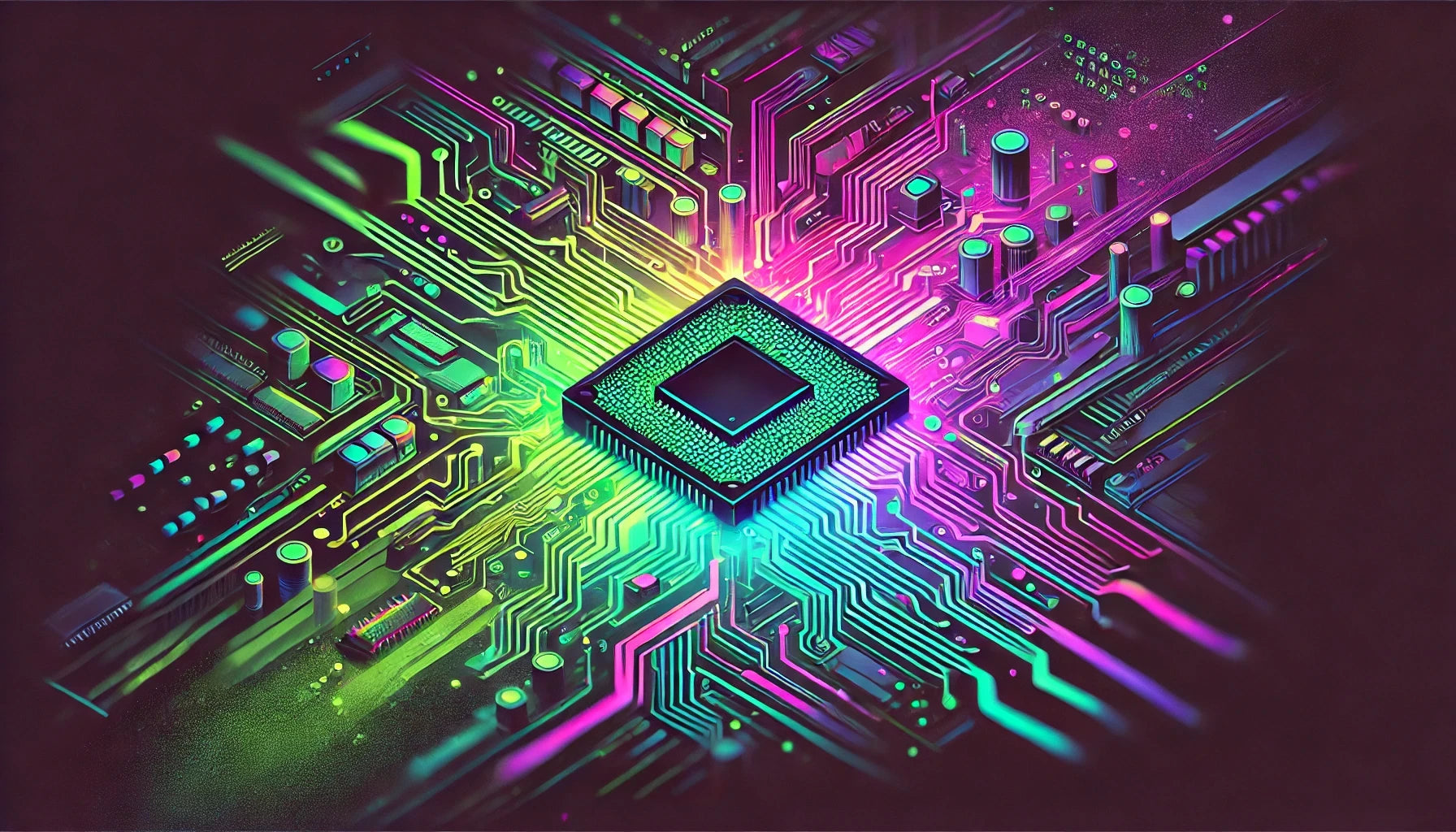Overview of Lauterbach TRACE32 Supported Devices
- TRACE32 supports an extensive range of microprocessors and microcontrollers commonly utilized in embedded systems. This includes support for architectures such as ARM, MIPS, PowerPC, and many others.
- It also provides comprehensive support for System on Chip (SoC) solutions, enabling developers to debug and analyze complex systems with multiple integrated components.
Supported Processor Architectures and Families
- **ARM Architecture:** TRACE32 covers ARM7, ARM9, ARM11, Cortex-M, Cortex-R, and Cortex-A processors, among others.
- **MIPS Architecture:** Support includes MIPS32 and MIPS64, addressing a wide array of applications in consumer electronics and telecommunications.
- **PowerPC Architecture:** This includes support for various PowerPC families, widely used in automotive and industrial control applications.
- **Other Architectures:** Additional support exists for architectures like RISC-V, TriCore, and RH850, expanding TRACE32's applicability across numerous embedded projects.
Compatibility with Debug and Trace Interfaces
- **JTAG and SWD Interfaces:** TRACE32 systems seamlessly integrate with JTAG and Serial Wire Debug (SWD) interfaces for on-chip debugging.
- **ETM and ETB Trace:** Embedded Trace Macrocell (ETM) and Embedded Trace Buffer (ETB) are fully supported, providing critical insights into program execution and behavior.
- **NEXUS Interface:** For advanced debugging and data trace capabilities, TRACE32 supports the IEEE-ISTO 5001™ (NEXUS) standard.
Support for Real-Time Operating Systems (RTOS)
- TRACE32 is equipped to handle a variety of RTOS kernels, offering real-time task awareness. This is essential for applications requiring precise timing analysis and task-level debugging.
- Compatible RTOS options include FreeRTOS, RTEMS, Micrium’s μC/OS, and many others, reflecting its broad application scope in automotive, aerospace, and general electronics.
Development Environments
- TRACE32 integrates effectively with various Integrated Development Environments (IDEs), such as Eclipse and ARM DS-5, blending seamlessly into existing development workflows.
- This flexibility ensures that development teams can utilize TRACE32’s powerful debugging and trace capabilities alongside familiar tools.
Conclusion
- Overall, Lauterbach TRACE32's support for a wide array of devices, architectures, and interfaces makes it a versatile tool for firmware engineers seeking advanced debugging and trace solutions in varied embedded systems environments.


























